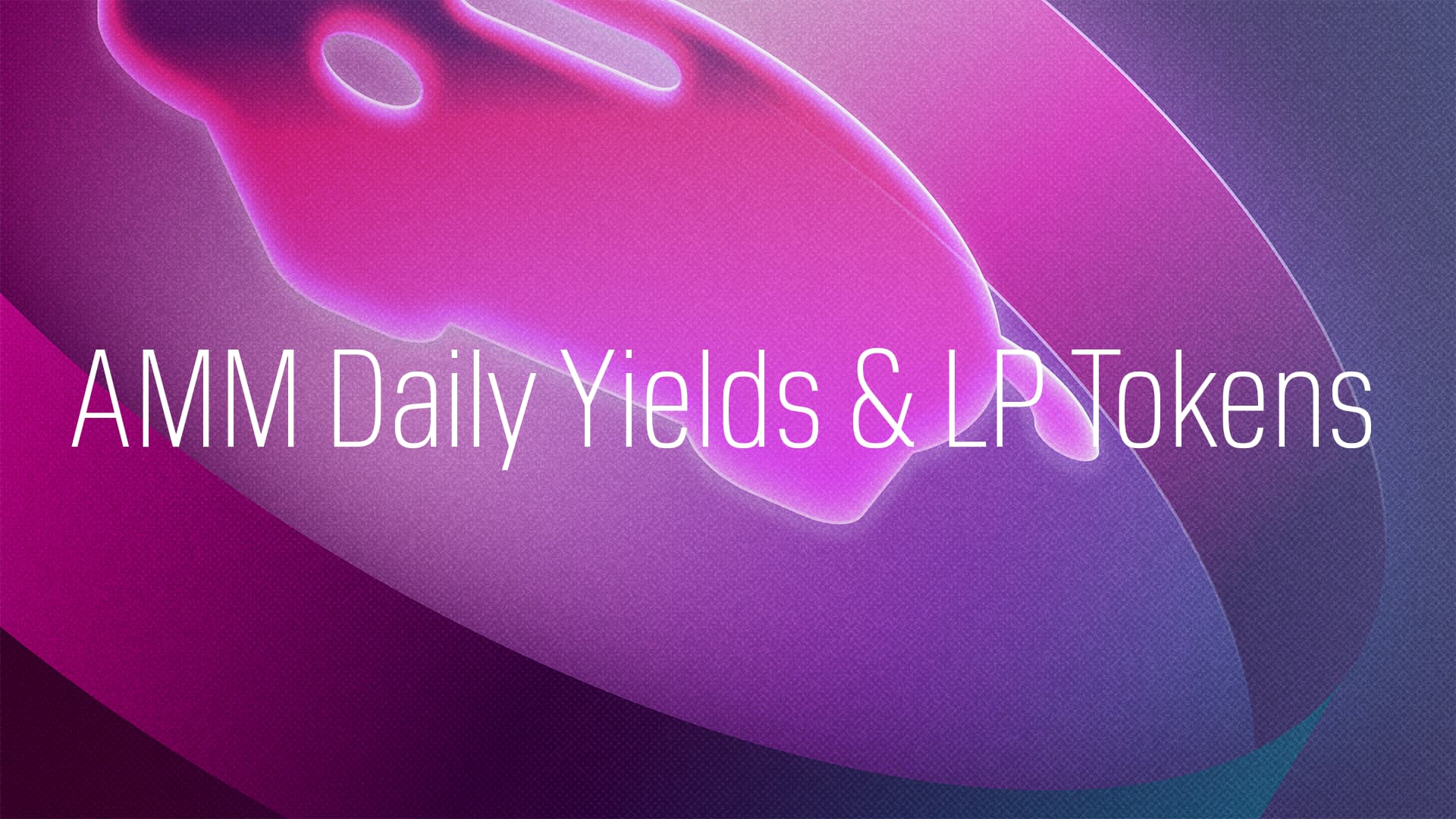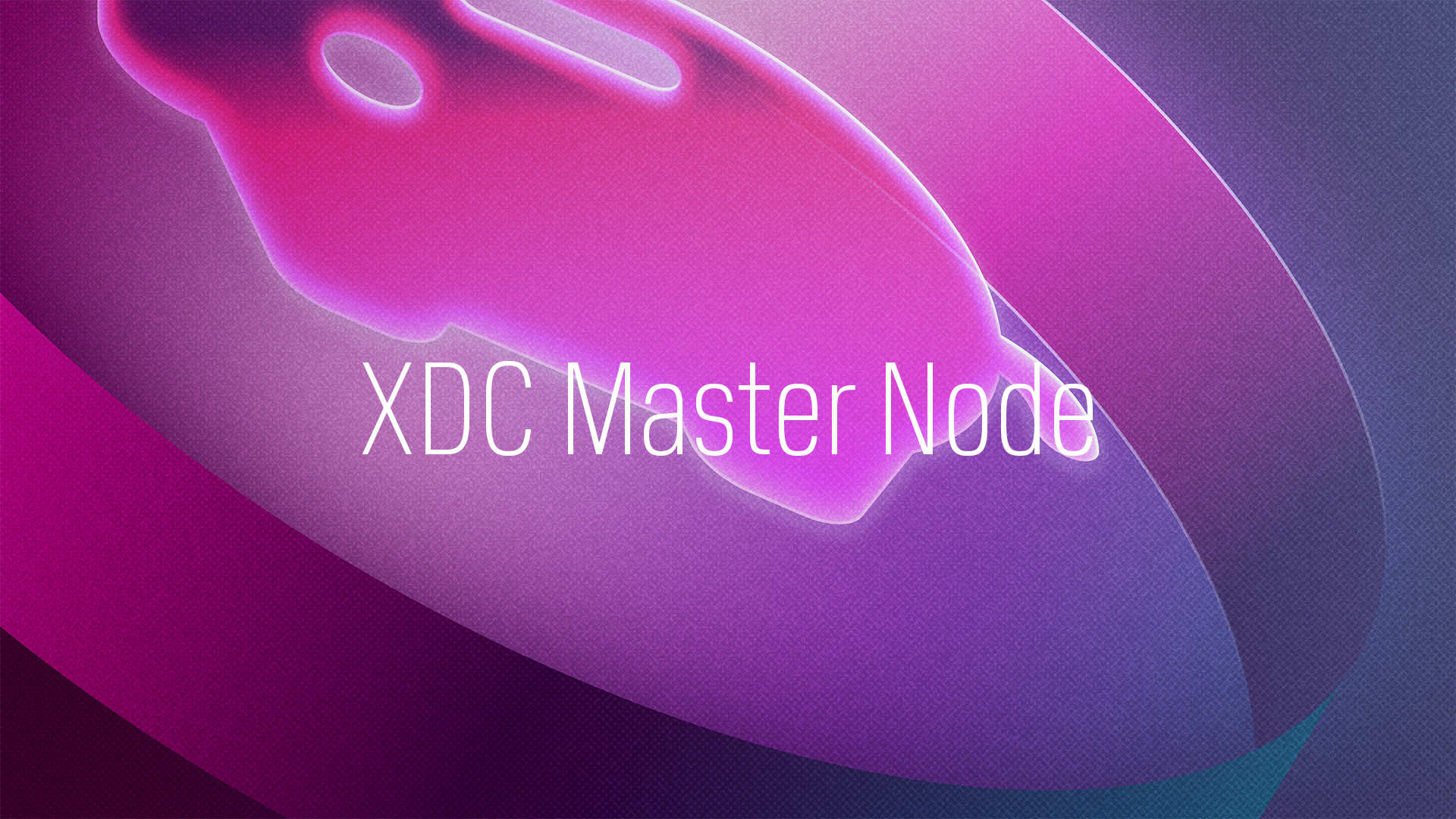
In the evolving landscape of decentralised finance (DeFi), Automated Market Makers (AMMs) stand out as a pivotal innovation, allowing users to trade digital assets without the need for traditional market makers or order books. A crucial component of AMMs is the role of Liquidity Providers (LPs), individuals who deposit assets into AMM liquidity pools to facilitate trading. This participation not only supports the ecosystem's fluidity but also presents an intriguing opportunity for yield generation. But does this daily yield generation automatically translate into an increase in the value of LP tokens? Let's dive deeper into the dynamics of liquidity provision and yield generation to uncover the answer.
At the core of AMMs is the concept of liquidity provision. Users become LPs by depositing pairs of assets into liquidity pools, which are then used by the AMM to execute trades. As compensation for locking in their assets and providing liquidity, LPs receive LP tokens. These tokens represent the LP's share of the pool and entitle them to a portion of the trading fees generated by the AMM.
One of the most attractive aspects of becoming an LP is the potential for yield generation. AMMs are designed to enact trading strategies that earn a spread from orders, a process often described as "Harvesting Volatility for Yield." This means that the daily trading activity and the resulting fees can indeed contribute to the value generated within the liquidity pool.
The question then arises: Do these daily yields automatically increase the value of your LP tokens? In essence, yes, but with some caveats. When yields are generated within a liquidity pool, they are redistributed proportionally to all LP tokens, theoretically increasing the value of each token. This redistribution augments the pool's total value, and since LP tokens represent a share of this pool, the intrinsic value of the tokens may increase as the pool's value grows.
However, there are several factors that LPs must consider:
While daily yields can increase the value of LP tokens, liquidity providers also face the risk of impermanent loss, especially in volatile markets. This occurs when the price ratio of deposited assets changes after providing liquidity, potentially leading to a scenario where withdrawing the assets from the pool might result in a lower value than if the assets were simply held.
The specific assets in a liquidity pool and their respective volatilities play a significant role in yield generation. Pools containing highly volatile assets might offer higher yield opportunities, albeit with increased risk.
The AMM's fee structure directly impacts yield generation. Higher trading fees can lead to more significant yields for liquidity providers but may also deter traders due to higher costs, affecting the pool's overall trading volume and yield potential.
While the daily yields generated by AMMs through trading fees can theoretically increase the value of LP tokens, the actual impact on token value is influenced by a complex interplay of market dynamics, pool composition, and the inherent risks associated with liquidity provision. As such, becoming an LP in an AMM liquidity pool offers an exciting yield opportunity, but it requires a nuanced understanding of the mechanisms at play and an acceptance of the risks involved.


